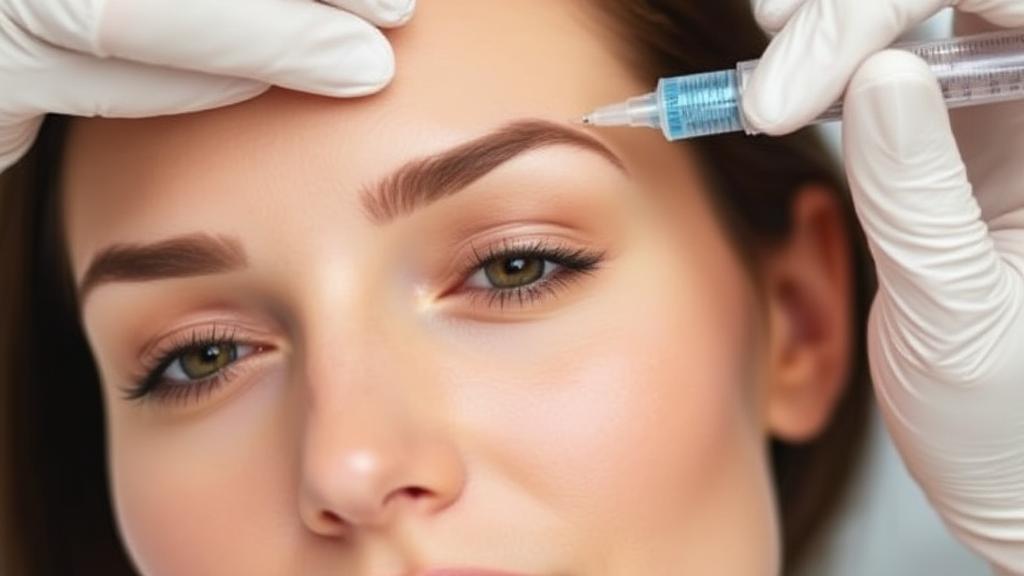Introduction to Botox and Migraines
Migraines are more than just headaches; they are debilitating neurological events that can significantly impact a person's quality of life. For those who suffer from chronic migraines, finding effective relief is crucial. Since its FDA approval for chronic migraine treatment in 2010, Botox has emerged as a promising treatment option.
What is Botox?
Botox, or botulinum toxin type A, is a neurotoxic protein produced by the bacterium Clostridium botulinum. While initially developed for cosmetic purposes, researchers discovered its migraine-fighting properties when patients receiving cosmetic treatments reported fewer headaches.
How Does Botox Work?
Botox works by blocking neurotransmitters that carry pain signals from your brain and blocking the release of acetylcholine, a neurotransmitter that signals muscle contraction. When injected into specific areas, it prevents the muscles from tightening, which can help alleviate pain and discomfort.
Treatment Protocol
Key Treatment Areas
The standard protocol involves injecting Botox into 31 specific sites across seven key areas:
- Forehead
- Bridge of the nose
- Temples
- Back of the head
- Neck
- Upper back
- Shoulders
What to Expect
Insurance Coverage
"Most insurance companies now cover Botox for chronic migraine treatment when patients meet specific criteria, including documented failure of other preventive treatments." - American Migraine Foundation
Efficacy and Benefits
Research has shown significant benefits for chronic migraine sufferers:
- Reduced frequency of headache days
- Decreased intensity of migraine pain
- Improved quality of life
- Fewer missed work days
- Reduced reliance on acute migraine medications
According to a study published in the Journal of the American Medical Association, patients receiving Botox experienced a significant reduction in the number of headache days compared to those receiving a placebo.
Who Is a Good Candidate?
Ideal candidates for Botox migraine treatment typically:
- Experience 15 or more headache days per month
- Have headaches lasting 4+ hours
- Have tried and failed other preventive treatments
- Don't have a history of neuromuscular junction disorders
Potential Side Effects
While generally considered safe, some patients may experience:
- Neck pain
- Injection site discomfort
- Temporary muscle weakness
- Eyelid drooping
- Headache
Cost Considerations
| Factor | Consideration |
|---|---|
| Insurance coverage | Often covered with prior authorization |
| Out-of-pocket costs | Varies by provider and location |
| Treatment frequency | Every 12 weeks |
| Long-term commitment | Ongoing treatment needed |
Lifestyle Considerations
To enhance Botox effectiveness, consider these complementary approaches:
- Regular sleep schedule
- Stress management
- Trigger avoidance
- Proper hydration
- Balanced nutrition
Conclusion
Botox represents a significant advancement in migraine treatment, offering hope to chronic sufferers who haven't found relief through conventional methods. While not a cure, it provides a valuable tool in the comprehensive management of chronic migraines. For more information, visit the American Migraine Foundation or the Migraine Trust.
